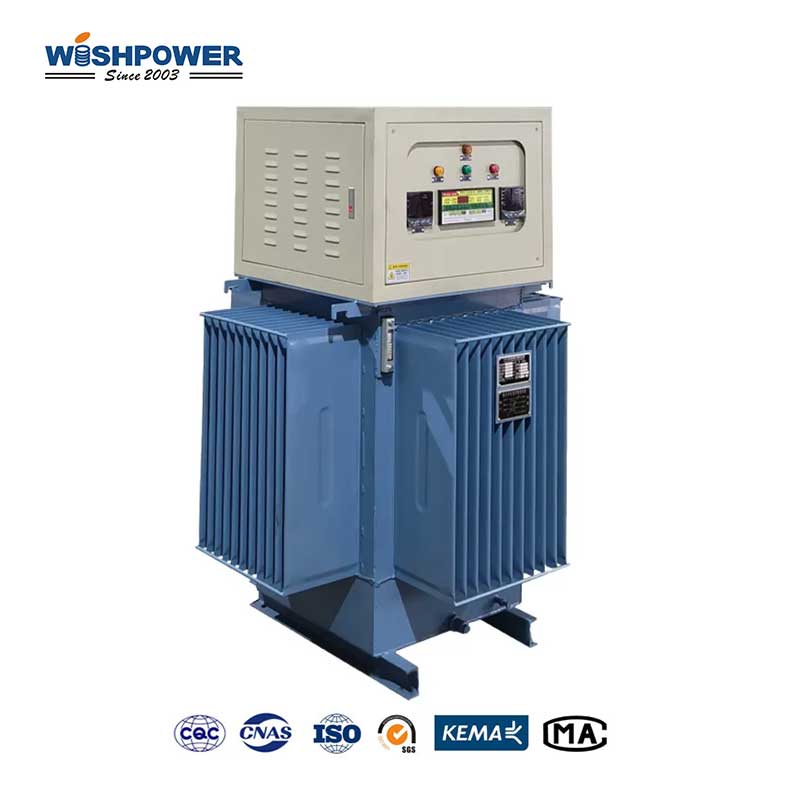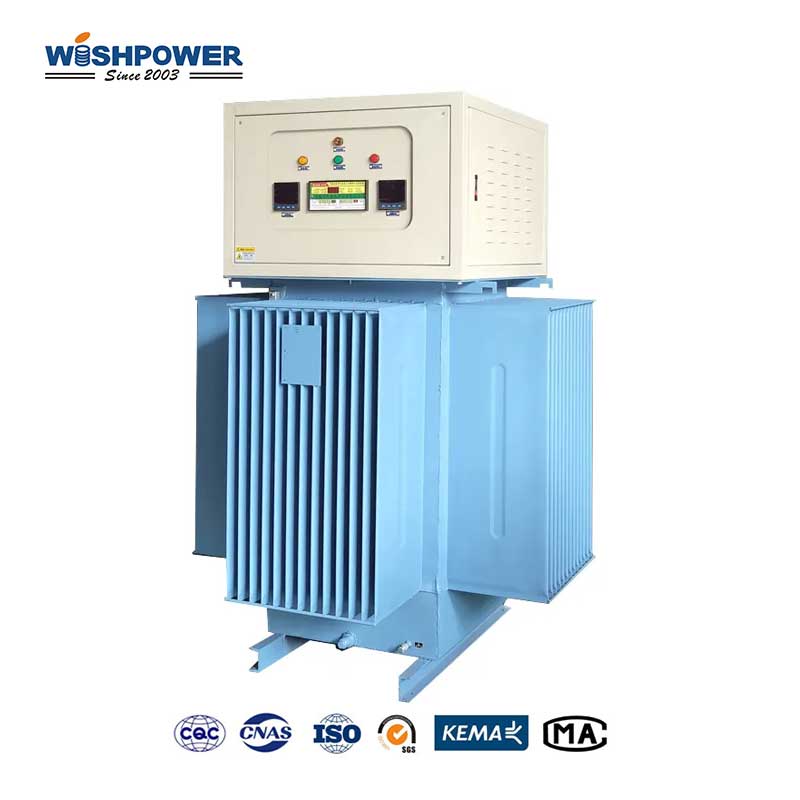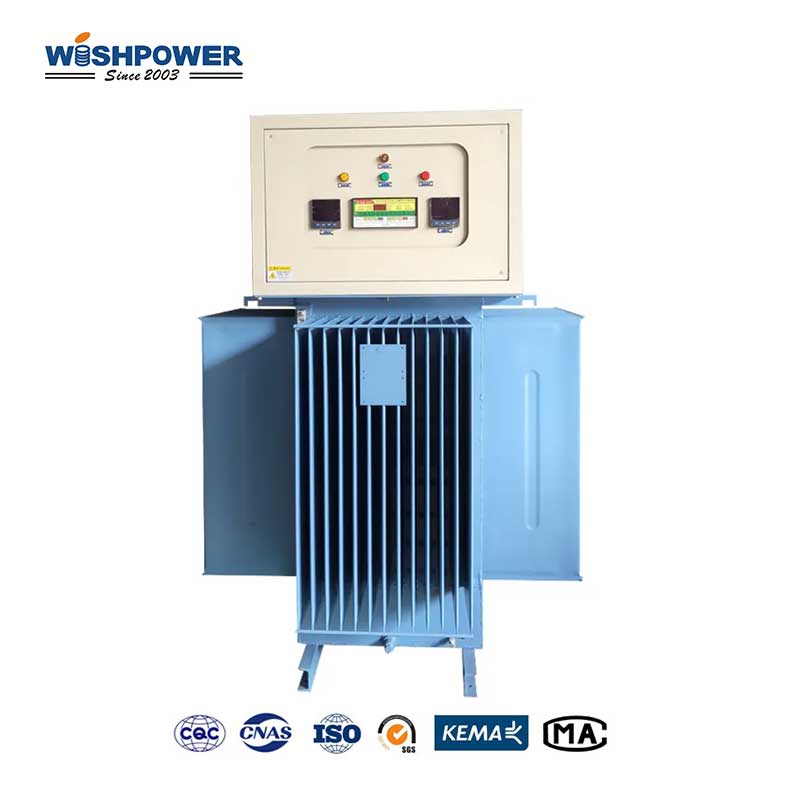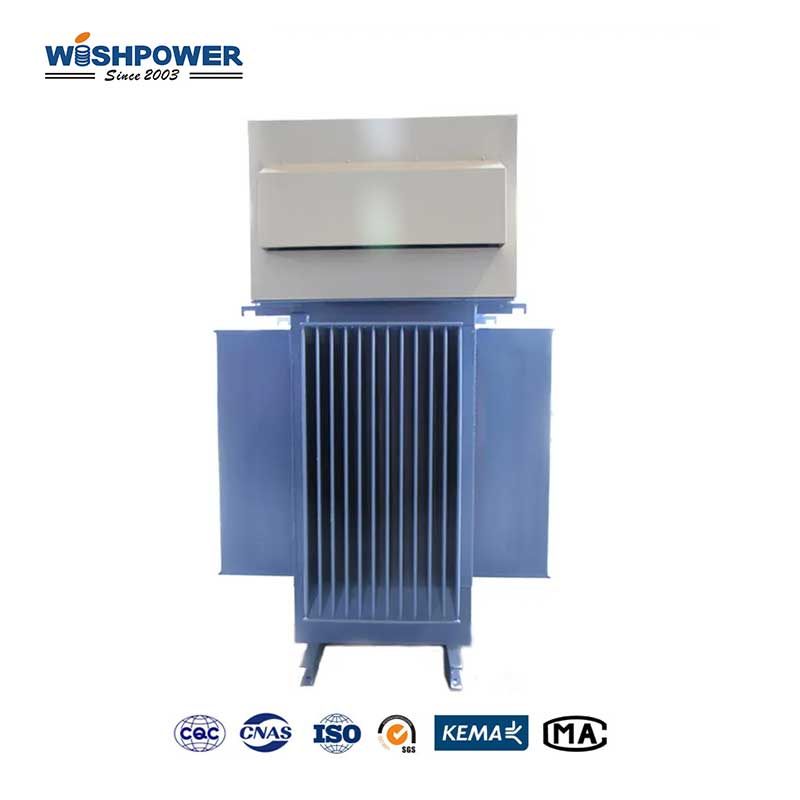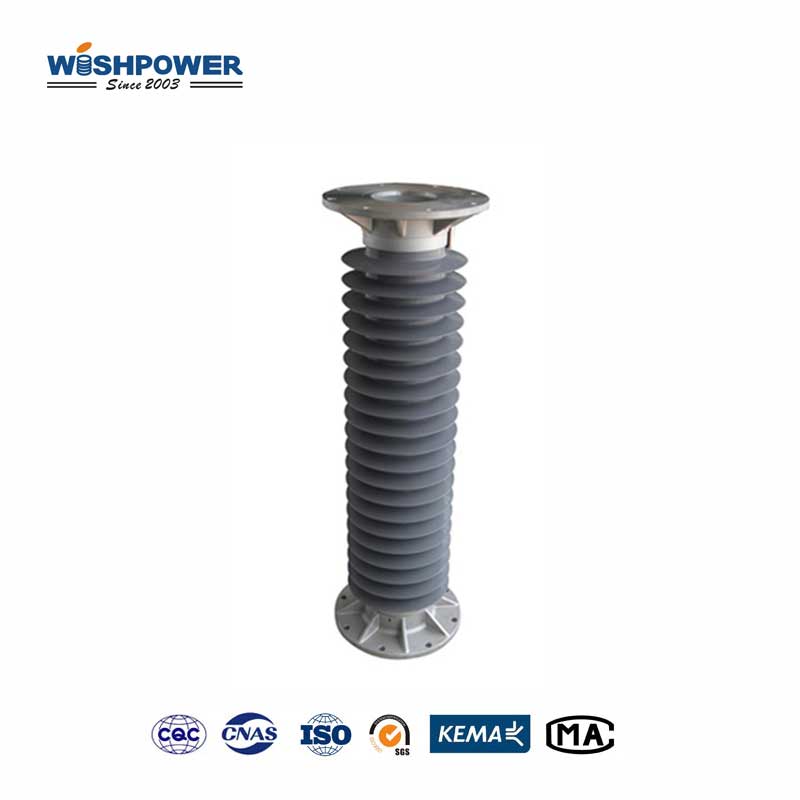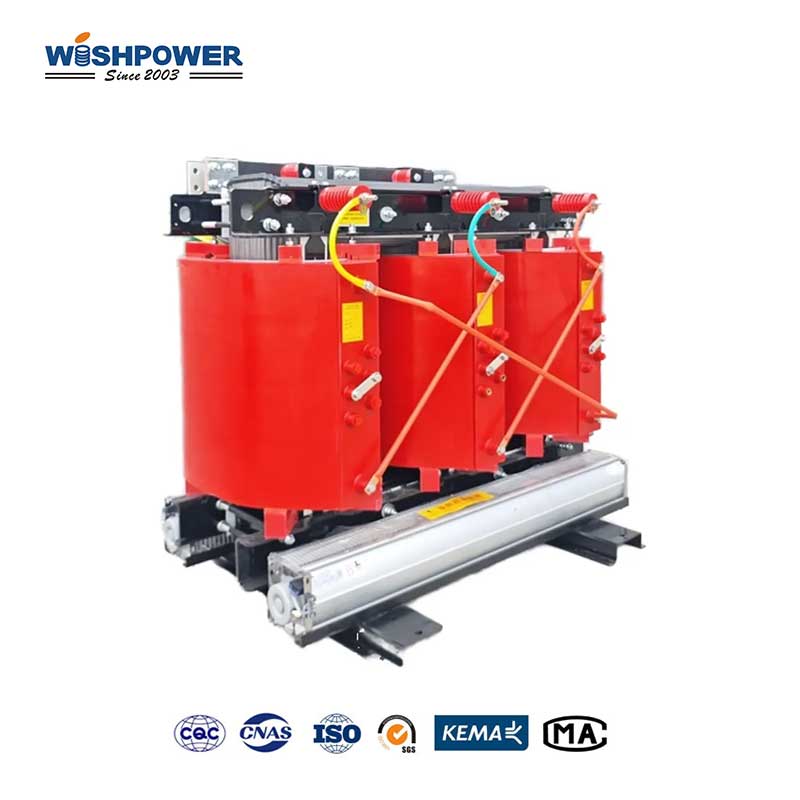Specification
|
Input
|
Rated voltage
|
Three-phase 380VAC
|
|
Voltage regulation range
|
± 15%
|
|
Frequency
|
50 Hz/60Hz
|
|
Output
|
Rated voltage
|
Three-phase 380VAC
|
|
Voltage stabilization accuracy
|
±1-5% Adjustable
|
|
Response time
|
≤1-10s Adjustable
|
|
Load current
|
456A
|
|
Capacity
|
300KVA
|
|
Waveform distortion
|
No additional waveform distortion (same as input waveform)
|
|
Efficiency
|
≥97% or above
|
|
Instruct
|
Voltage
|
Input voltage and output voltage digital display
|
|
Current
|
Output current digital display
|
|
Indicator Lights
|
Have
|
|
Abnormal
|
Over-voltage, under-voltage, phase loss, sound, and light alarm indication
|
|
Control method
|
DSP Computing and metering chip intelligent control technology
|
|
Way of working
|
With automatic voltage stabilization and long-term operation function
|
|
Cooling method
|
Oil-immersed self-cooling
|
|
Ambient temperature
|
-25~+40ºC
|
|
Operating temperature
|
-25~+55ºC
|
|
Insulation level
|
A
|
|
Protection level
|
IP67
|
|
Voltage adjustment method
|
Three-phase regulation
|
The table above is just one of our product parameters. If you want more information, please get in touch with info@wishpower.net
What is the Induction Type Voltage Regulator?
Induction Type Voltage Regulator is a device that is employed to maintain constant levels of output voltage and alters it to match input voltage variation. The electronics, such as a diode, that determines a regulator’s output are placed near the outside of a specific unit or assembly impregnated with the materials dispersed in the magnetic field, and the output voltage is controlled by a position of the movable core or rotor within the magnetic field. The output voltage is changed by adjusting the mutual inductance between the primary and secondary windings, as the primary windings vibrate. The primary winding is typically powered by the input voltage, the output voltage is drawn from the secondary winding. The angular displacement of the rotor achieves the amount of voltage regulation by varying the coupling between windings. This mechanism provides a smooth, continuous regulation of voltage so that the power equipment connected is in stable operation. In particular, they are quite useful for applications that need high reliability and durability, for example in power distribution networks. Because of its robust construction, they have a broad range of voltage control with minimal maintenance requirements.
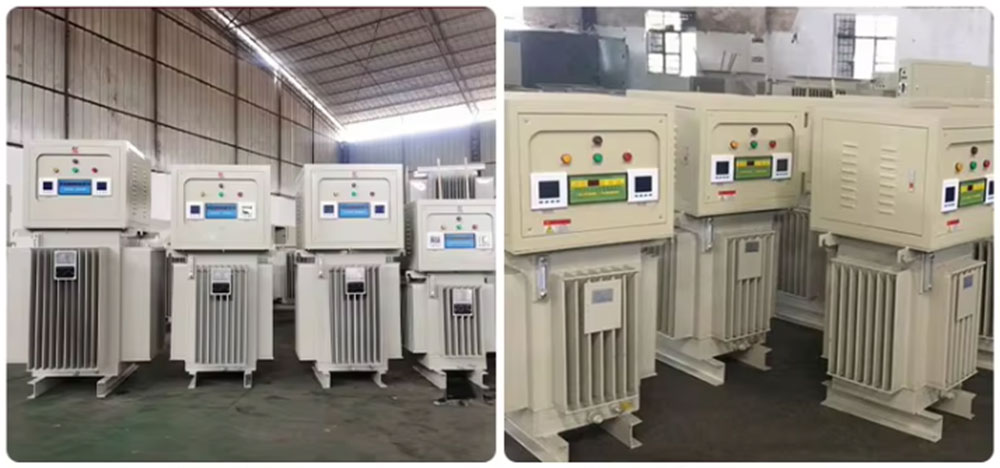
Working Principle
The three-phase induction regulator works on the same idea of electromagnetic induction working as a rotating transformer. A control scheme is presented that operates by adjusting the mutual inductance of the primary and secondary windings to change the output voltage without the need for direct electrical connections between the input and output. Usually, this regulator has both a primary and a secondary winding separated by a movable rotor and placed at the core. The fluctuations of the input voltage are received at the primary winding and the regulated output voltage is delivered from the secondary windings. The induced voltage in the secondary winding is changed by adjusting magnetic coupling through rotor rotation and changing the induced voltage in the secondary winding is done with second magnetic coupling. This continuous and smooth variation of voltage output is made possible by this rotor movement.
Transformer VS Induction Type Voltage Regulator
The transformer is used to increase or decrease the voltage between the two circuits usually with a fixed turns ratio of the primary and secondary windings. The transformer operates in a static mode so the ratio of transformer voltage remains constant until a tap is provided in the transformer for manual adjustment. Stable voltage conversion requires a very specific purpose, and transformers are used in several applications such as power transmission and distribution.
In contrast, the induction-type regulator is developed for dynamic voltage control; the output voltage is continuously adjusted for fluctuations in the input voltage. It differs from a transformer in having an adjustable magnetic coupling between the windings based on a movable rotor. This lets it control its voltage output automatically, so it remains stable, regardless of load conditions, without interference from manual intervention.
Benefits
- Automatic Voltage Regulation
It constantly readjusts the output voltage in response to input fluctuations and offers stable voltage without any supervisory intervention.
- Smooth and Continuous Control
The rotor which is the nonmovable part and the corresponding mechanism can be moved to provide a precise, smooth, and uninterrupted regulation of voltage while performance remains consistent under different operating conditions.
- Low Maintenance Durability
The absence of direct electrical contact between the rotor and windings means there is less wear and tear, and it has a long operational life and is relatively maintenance-free.
- It handles Fluctuations efficiently.
It can handle small and large voltage variations and it is suitable for power supply varying or having loads with varying voltage supply.
- Harsh Conditions Reliability Performance
The robust design of the AC voltage regulator allows its effective operation in industrial and utility applications despite complicated environments for voltage stability.
- Energy Efficient
With very low power loss in voltage regulation, it provides an efficient solution for managing the voltage in a large-scale system.
Certificate
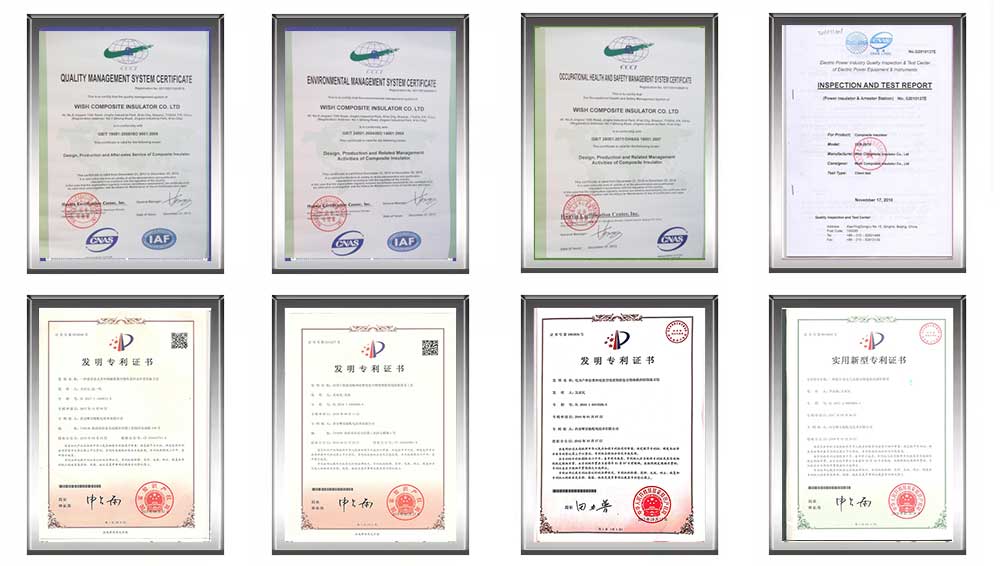
Factory
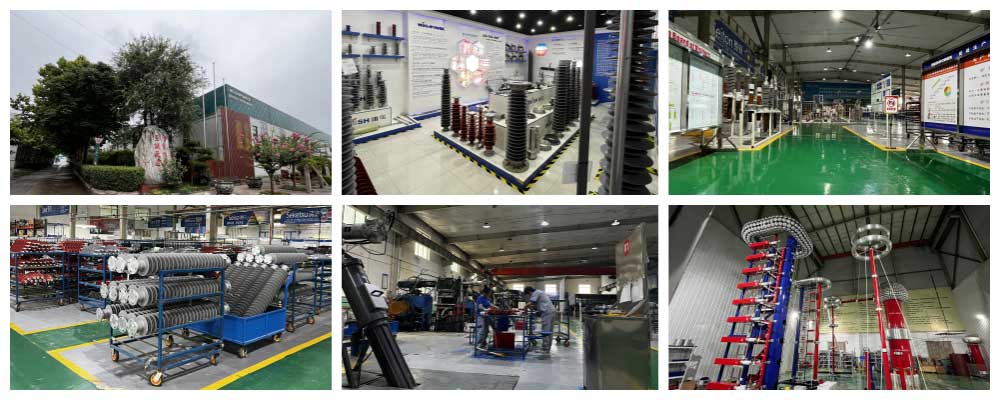
Hot Tags: Induction Type Voltage Regulator, Voltage Regulator, China, manufacturers, ISO factory, wholesale, KEMA, high quantity, best, price, low to high voltage






